Polar bears, although spotted in the area, turned out to be a non-issue. The real challenge faced during the U.S. Army Corps of Engineers (USACE) cleanup at the Manning Point Formerly Used Defense Site (FUDS) was finding more than three times the number of old fuel and oil drums they expected scattered across this remote area of the Alaskan tundra.
Despite the surprise of the additional drums, the USACE/Alaska District FUDS Team successfully removed the 1,400 drums during a 28-day window, battling foggy conditions and some daunting logistics -- a feat recently recognized by the team's selection as winner of the Fiscal Year 2010 Secretary of the Army Environmental Award for Environmental Restoration.
The Manning Point Distant Early Warning Line Drum Staging Area, located in northern Alaska near the Jago River delta and east of the Native Village of Kaktovik, was operational during the Cold War. The drums, which once contained petroleum, oil and lubricant (POL) products for the station, were scattered across the Jago river delta by severe weather over the past 50 years. The cleanup, which eliminated potential future releases of petroleum product into the Arctic Ocean, included removing all drums and any residual drum contents, collecting necessary samples under the drums and, if necessary excavating and disposing of contaminated soil.
According to Ron Pflum, USACE project manager for the Jago River cleanup, the FUDS project faced a litany of challenges. The site is located in the Arctic National Wildlife Refuge (ANWR), so extra precautions were necessary to obtain a permit to access the area from the U.S. Fish and Wildlife Service, including development of a Polar Bear Awareness and Interaction Plan. In addition, the area is only reachable by helicopter or barge. Equipment was transported over 800 miles and delivered by barge. Workers were flown to and from the site daily. Helicopters also transported the recovered drums to Kaktovik using slings that held a maximum of 10 drums. The additional drums meant at least 100 more helicopter runs.
"The contractor and crews really stepped up," said Ron Broyles, environmental engineer, USACE, Alaska District. "As soon as the three-fold increase in drum quantity was realized, the contractor mobilized a second helicopter. For a solid week, two helicopters were used to sling loads of drums retrieved from the sand bars."
The crews, which included personnel hired from the local native population, put in 12-hour days, often not starting until after 10 a.m. due to the persistent fog, which prevented earlier flights for most of the month. The helicopter pilots also helped mitigate several days of standby time by making runs in the evening when there were breaks in the fog.
"The weather was huge," Broyles said. Especially since the project, which was started Aug. 3, 2010 had to be completed prior to the start of whaling season at the beginning of September.
Although Aaron Shewman, FUDS project engineer, USACE, Alaska District, says only 15 to 20 percent of the drums were buried in the river delta silt, those presented another hurdle. Because of the restrictions on using heavy equipment in ANWR, each of the drums had to be dug out by hand. All of the drums had to be removed from their locations and staged by hand for helicopter transport.
As the drums and any contents were removed, the soil beneath each one was visually evaluated and field screening of the soil was conducted using a photo-ionization detector (PID). If PID readings were detected an analytical sample was collected for screening at an off-site laboratory. The drums were transported to Kaktovik, where they were opened, cleaned, crushed and placed in containers for disposal at Fairbanks, Alaska. Any POL discovered in the drums was transferred into new drums for transportation to a POL recycling facility in Palmer, Alaska.
According to Shewman, none of the soil samples showed contaminants above regulatory levels, so no soil removal was necessary. "The project removed both an eyesore and an exposure concern for the subsistence hunters and fishers in the Jago River area," Shewman said. "The residents of Kaktovik have worried about oil products getting into the water and into the fish they eat. With the drums gone, that is no longer a concern."
Pflum said another benefit of being able to complete the Jago River project was a savings of nearly $500,000 for the FUDS program. The Jago River removal action, originally scheduled for 2011, was instead conducted concurrently with another nearby FUDS project at Brownlow Point on the North Slope of Alaska. Joint execution of these projects resulted in cost savings for reduced mobilization/demobilization requirements, shared logistics planning, comprehensive work planning documents, and combined lodging arrangements.
The FUDS Team agreed that because the Alaska District FUDS Program has over 10 other Alaska North Slope sites to address in future years the lessons learned and relations forged during the Jago River removal action will help them limit cost growth for those cleanups and achieve program objectives in a reasonable time. "The relationships established with regulatory agencies and local villages are critical to future success in implementing remedial/removal actions on the North Slope of Alaska. The trust earned by the Manning Point Jago River Project Delivery Team ensures expectations can be met and understood when working at new locations," said Pflum.
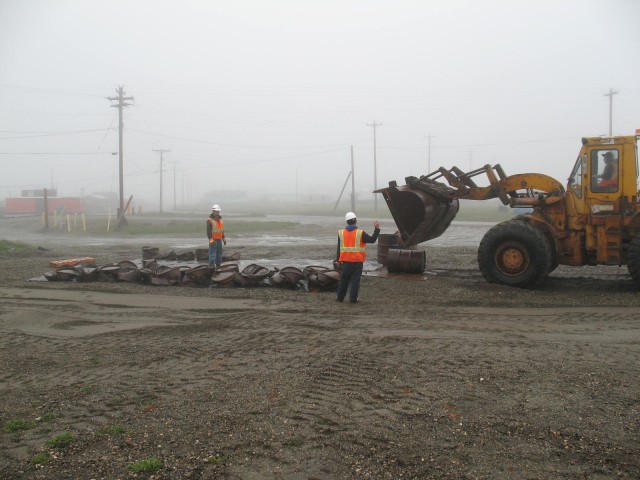

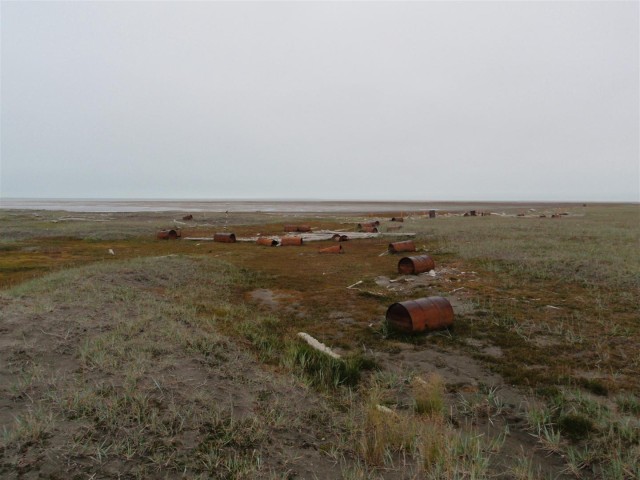
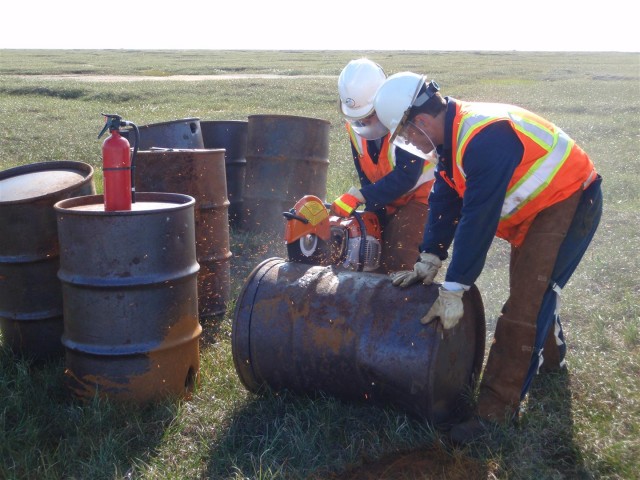
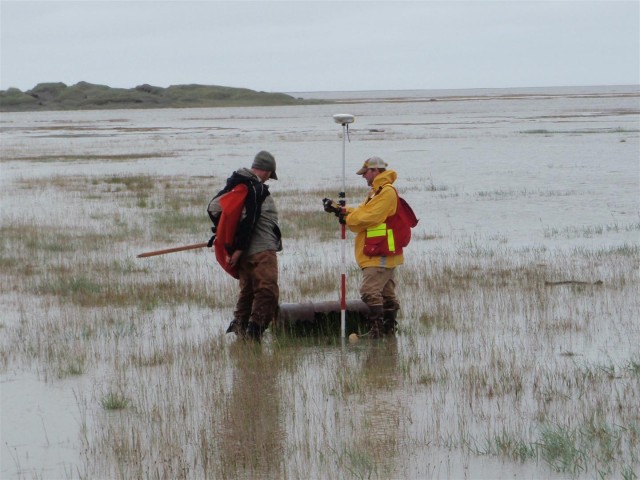
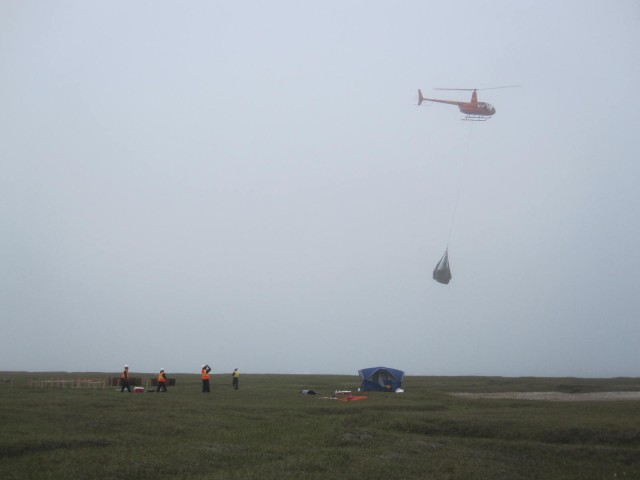




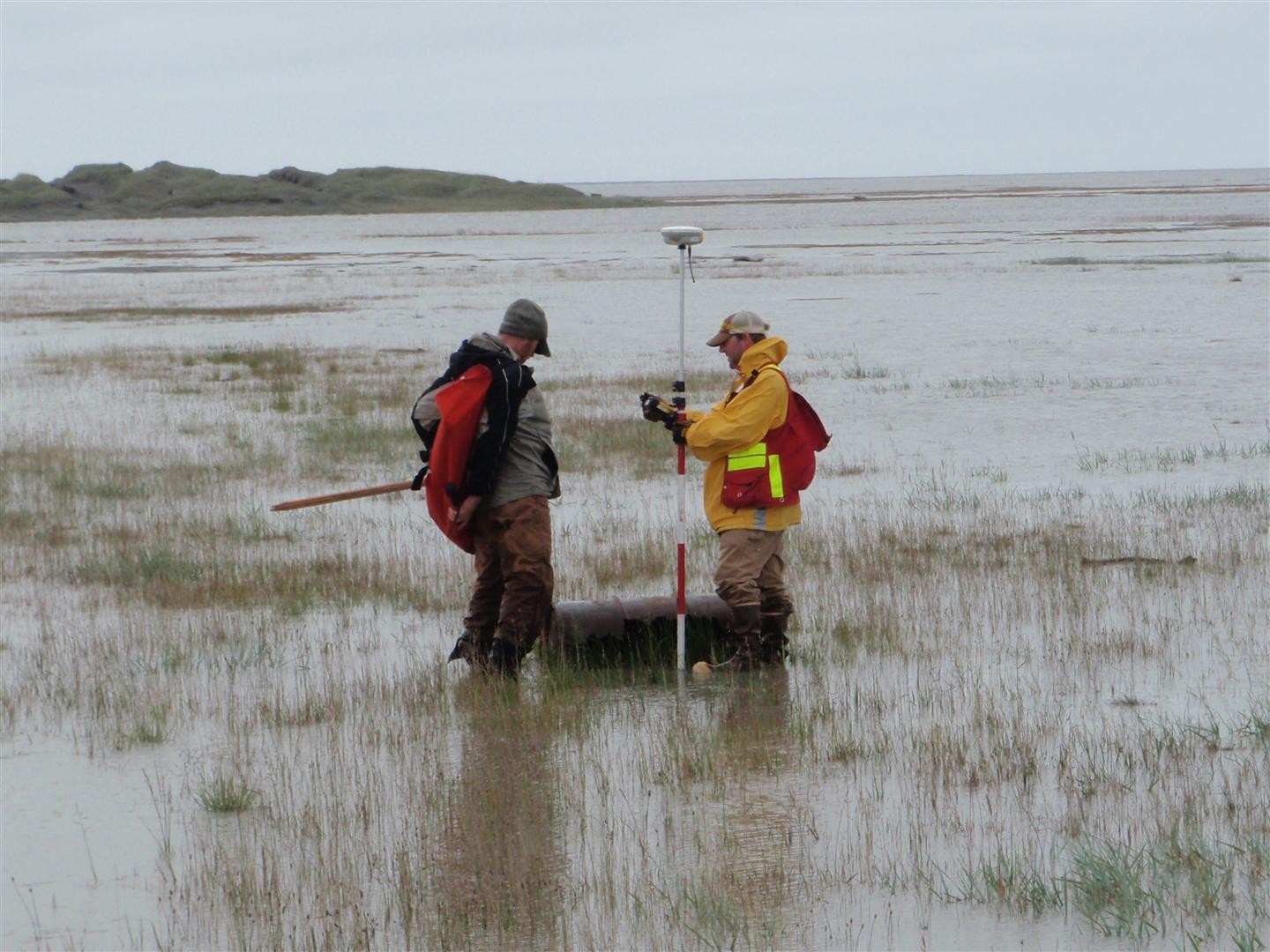

Social Sharing